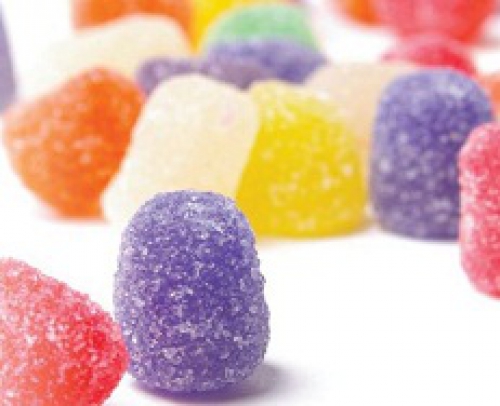New outreach and fun demonstrations added to Learn Chemistry
It is my pleasure to share a variety of new outreach resources which have been demonstrated at Science festivals throughout the year so far. These are searchable using the key word
‘outreach’ and have been very popular with students, teachers and demonstrators alike; I hope you have fun trying them out for yourselves.


We now have six new outreach resources as follows…
-
Make your own Bath bombs this activity can demonstrate a chemical reaction that produces a gas when reactants are in the correct state. Ideal for primary school students create some cool chemistry in the bath.
-
A demo to teach about UV light and the action/importance of sunscreen. Sunscreen and UV light links nicely to the Faces of Chemistry Sun lotion video highlighting the chemistry behind sun lotions which help protect our skin from damaging ultraviolet radiation.
-
The calcium we absorb from our food is used to help keep our bones strong. But have you ever wondered what happens if some of the calcium carbonate is removed from our bones? Bendy bones is the resource for you!
-
Speedy Star Jumps is an activity that allows the collection of data to test whether sports drinks make a difference to performance during short, high intensity exercise. This activity links up very nicely with a great many resources from Learn Chemistry not least Chemistry in Sport and 2012 Global experiment result.
-
The food we eat is made up of many components including sugars, vitamins, proteins and fats. This activity, Make a Molecule, will help children learn more about the types of molecules found in fruits and sweets, as well as how molecules are formed.
-
Red Cabbage pH indicator: This is a hands-on experiment that explains the measurement of pH using red cabbage indicator paper. A range of common household solutions can be tested but are they acidic or alkaline/basic?
Posted by
Lee Page on Jun 13, 2013 9:39 AM Europe/London


